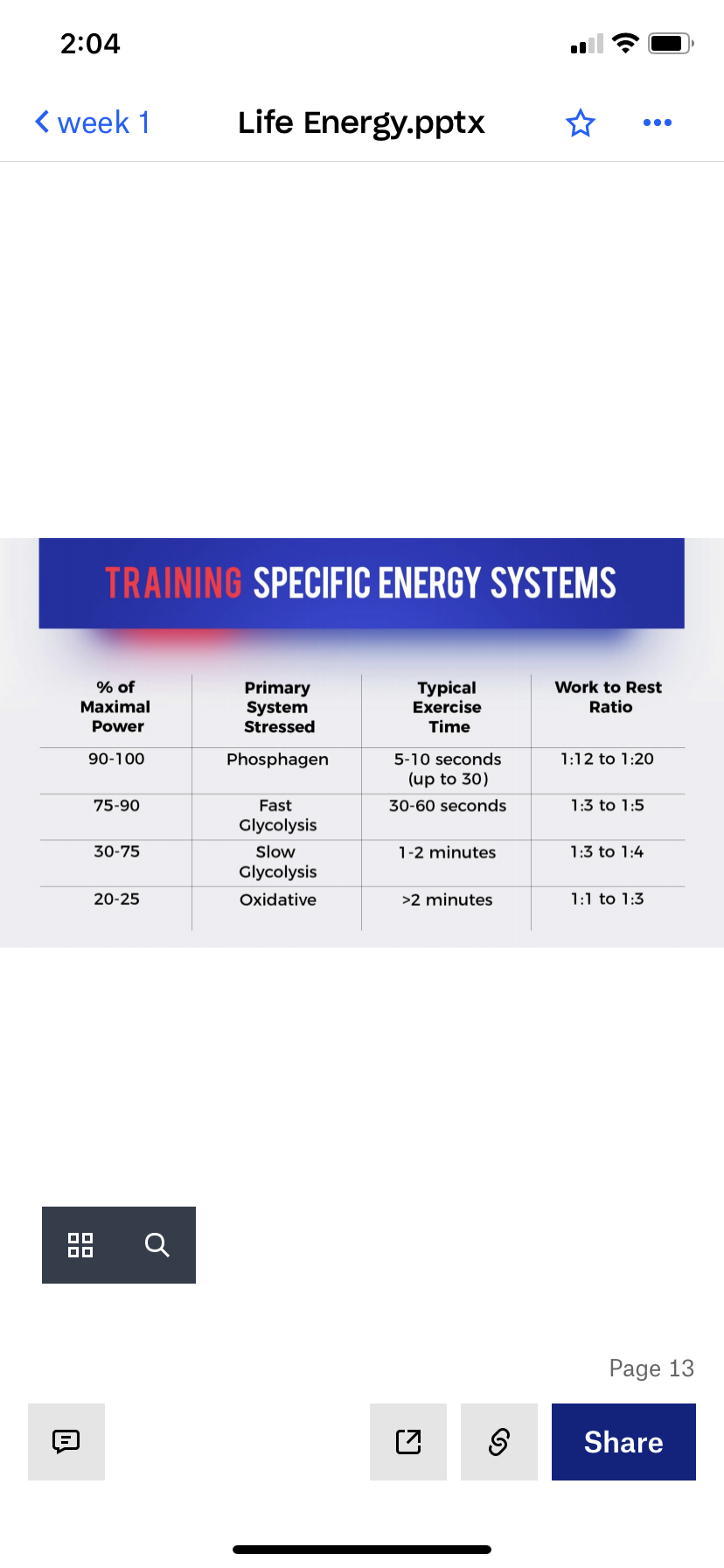 Image 1 of 3
Image 1 of 3

 Image 2 of 3
Image 2 of 3

 Image 3 of 3
Image 3 of 3




ATP and Bioenergy: The Fuel for Life's Processes
The ATP and Bioenergy PowerPoint presentation aims to provide a comprehensive overview of adenosine triphosphate (ATP) and its crucial role as the primary energy currency in living organisms. This presentation is designed to engage learners, whether in a classroom or homeschool setting, through visually appealing slides, clear explanations, and interactive elements that enhance understanding of ATP and bioenergy processes.
Presentation Outline:
1. Introduction to ATP and Bioenergy:
- Define ATP and its significance as the universal energy carrier in cells.
- Explain the role of bioenergy in powering essential cellular processes.
- Highlight the connection between ATP, metabolism, and energy conversion.
2. Structure and Function of ATP:
- Describe the molecular structure of ATP, including the adenosine and phosphate groups.
- Explain how the high-energy phosphate bonds in ATP store and release energy.
- Demonstrate ATP hydrolysis and the conversion of ATP to adenosine diphosphate (ADP) and inorganic phosphate (Pi).
3. ATP Synthesis: Cellular Respiration:
- Introduce the process of cellular respiration as the main pathway for ATP synthesis.
- Explain the three stages of cellular respiration: glycolysis, the Krebs cycle (citric acid cycle), and oxidative phosphorylation.
- Illustrate the ATP production and energy release during each stage.
This ATP and Bioenergy PowerPoint presentation offer a dynamic and informative resource to enhance understanding of ATP's crucial role as the energy currency in living organisms. By presenting the fundamental concepts of ATP synthesis, utilization, and regulation, learners can develop a deeper appreciation for bioenergy processes and their significance in sustaining life's essential functions.
The ATP and Bioenergy PowerPoint presentation aims to provide a comprehensive overview of adenosine triphosphate (ATP) and its crucial role as the primary energy currency in living organisms. This presentation is designed to engage learners, whether in a classroom or homeschool setting, through visually appealing slides, clear explanations, and interactive elements that enhance understanding of ATP and bioenergy processes.
Presentation Outline:
1. Introduction to ATP and Bioenergy:
- Define ATP and its significance as the universal energy carrier in cells.
- Explain the role of bioenergy in powering essential cellular processes.
- Highlight the connection between ATP, metabolism, and energy conversion.
2. Structure and Function of ATP:
- Describe the molecular structure of ATP, including the adenosine and phosphate groups.
- Explain how the high-energy phosphate bonds in ATP store and release energy.
- Demonstrate ATP hydrolysis and the conversion of ATP to adenosine diphosphate (ADP) and inorganic phosphate (Pi).
3. ATP Synthesis: Cellular Respiration:
- Introduce the process of cellular respiration as the main pathway for ATP synthesis.
- Explain the three stages of cellular respiration: glycolysis, the Krebs cycle (citric acid cycle), and oxidative phosphorylation.
- Illustrate the ATP production and energy release during each stage.
This ATP and Bioenergy PowerPoint presentation offer a dynamic and informative resource to enhance understanding of ATP's crucial role as the energy currency in living organisms. By presenting the fundamental concepts of ATP synthesis, utilization, and regulation, learners can develop a deeper appreciation for bioenergy processes and their significance in sustaining life's essential functions.
The ATP and Bioenergy PowerPoint presentation aims to provide a comprehensive overview of adenosine triphosphate (ATP) and its crucial role as the primary energy currency in living organisms. This presentation is designed to engage learners, whether in a classroom or homeschool setting, through visually appealing slides, clear explanations, and interactive elements that enhance understanding of ATP and bioenergy processes.
Presentation Outline:
1. Introduction to ATP and Bioenergy:
- Define ATP and its significance as the universal energy carrier in cells.
- Explain the role of bioenergy in powering essential cellular processes.
- Highlight the connection between ATP, metabolism, and energy conversion.
2. Structure and Function of ATP:
- Describe the molecular structure of ATP, including the adenosine and phosphate groups.
- Explain how the high-energy phosphate bonds in ATP store and release energy.
- Demonstrate ATP hydrolysis and the conversion of ATP to adenosine diphosphate (ADP) and inorganic phosphate (Pi).
3. ATP Synthesis: Cellular Respiration:
- Introduce the process of cellular respiration as the main pathway for ATP synthesis.
- Explain the three stages of cellular respiration: glycolysis, the Krebs cycle (citric acid cycle), and oxidative phosphorylation.
- Illustrate the ATP production and energy release during each stage.
This ATP and Bioenergy PowerPoint presentation offer a dynamic and informative resource to enhance understanding of ATP's crucial role as the energy currency in living organisms. By presenting the fundamental concepts of ATP synthesis, utilization, and regulation, learners can develop a deeper appreciation for bioenergy processes and their significance in sustaining life's essential functions.









